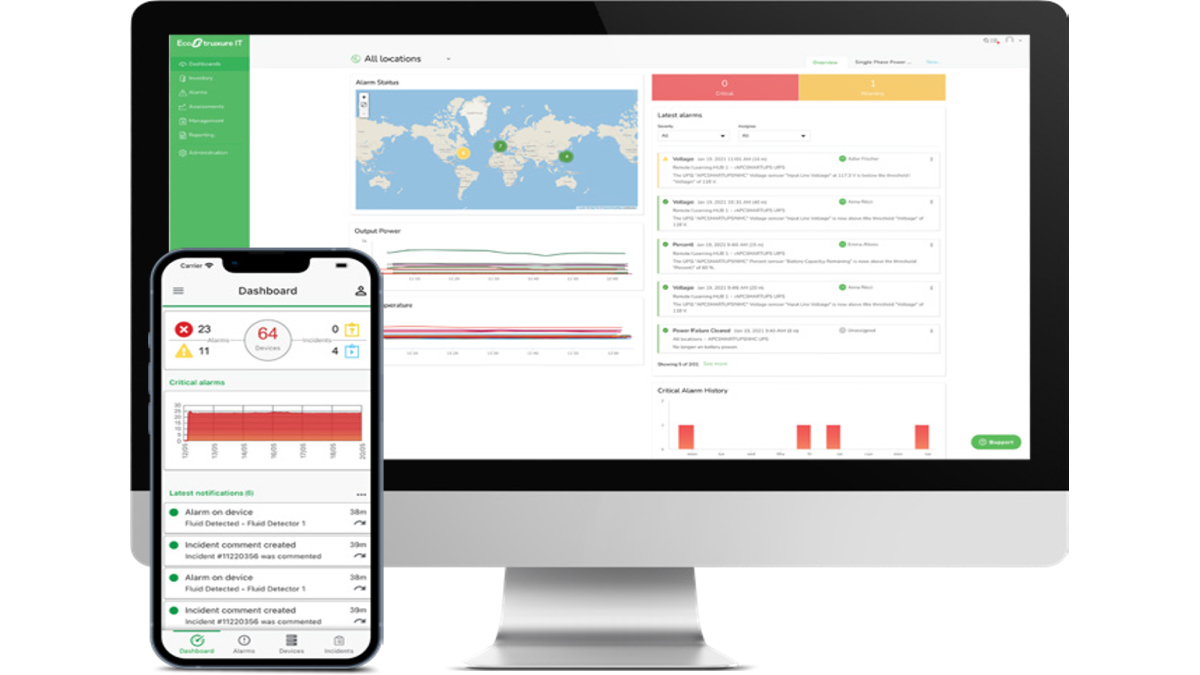Schneider Electric has introduced new model-based, automated sustainability reporting features to its EcoStruxure IT DCIM software.
The new reporting features will be available to all EcoStruxure IT users from April this year, providing a “fast, intuitive, and simple-to-use reporting engine to help meet imminent regulatory requirements, including the European Energy Efficiency Directive (EED).”
EcoStruxure IT software enables customers to measure and report on data centre performance based on historical data and trends analysis, combining it with artificial intelligence and real-time monitoring to turn it into actionable insights for improved sustainability.
Customers will now have access to a new set of reporting capabilities, simplifying a process which previously required manual data calculation methods.
New capabilities will include simplified tracking of PUE per site/room over time with CEN/CENLEC 50600-4-2 methodology; the use of data analytic models and a cloud-based data lake to simplify reporting of PUE; the reporting of current power consumption per site room and against historical trends; the ability to see trending over time for various data centres and distributed IT environments; as well as ‘click of a button’ reporting for regulations.
The new features will empower customers to securely access their data through a preferred tool via third-party integration, allowing customers to measure their data centres’ real-time and historical energy performance data against the advanced reporting metrics specified within Schneider Electric’s White Paper 67.
“At Schneider Electric, we recognise that sustainability is a journey, and for the last three years, we’ve increased our investment to develop new software features that make it faster and simpler for our customers to operate resilient, secure and sustainable IT infrastructure,” said Kevin Brown, Senior Vice President, EcoStruxure IT, Schneider Electric.
“The new reporting capabilities included with EcoStruxure IT have been tested and adopted by our own organisation, and will allow customers to turn complex data into meaningful information, and report on key sustainability metrics.”
“When seeking to reduce IT and data centre energy consumption and CO2 emissions, organisations must establish a fact-based baseline, and access to real-time and historical data is vital,” added Elizabeth Hackenson, Chief Information Officer, Schneider Electric, who led on Schneider Electric’s Green IT Programme, which saw the development of the new capabilities for ExoStruxure IT.
“Through the use of EcoStruxure IT, we have continued to make significant progress in our mission to reduce our IT energy consumption and environmental impact, and to help the company progress its sustainability objectives. Today we’re making those benefits readily available to customers globally.”


